Constructing a shower wall using Tulppa® panel
Tulppa panels can be used to easily construct shower walls, cutoff walls, and enclosures in wet rooms. Shower walls can be installed/constructed as the bathroom is being built, or they can be built into an existing wet room. The walls can be designed based on your specific needs. The Tulppa panels of a shower wall are attached to the below surface using Ardex CA 20 P, Casco XtremFix+, Kiilto XPU or SikaBond T2 adhesive compound. The panels are joined with Ardex CA 20 P, Casco AquaSeal, KiiltoFlex XPU or Sikaflex AT Connection sealant.
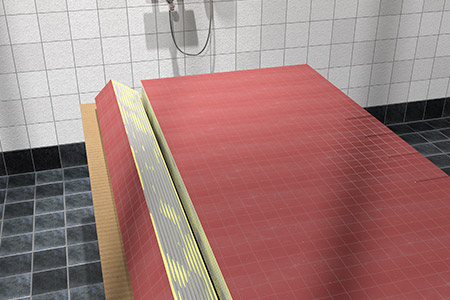
1. Tulppa panels can be used to easily construct shower walls, cutoff walls, and enclosures in wet rooms using 80 mm thick panels. The walls can be created based on your specific needs, as on a flat surface the panels can be joined quickly and easily using a sealing compound from Ardex, Casco or Kiilto. After the sealing compound has dried, sealing tape can be used to support the joint.
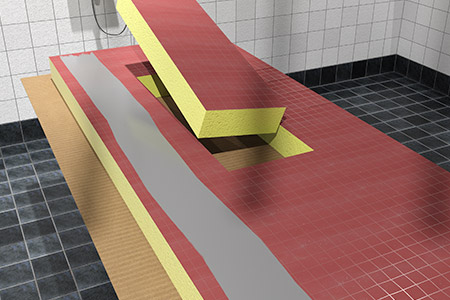
2. Shelves and compartments for shampoo bottles, for example, can be incorporated easily with Tulppa panels. A jigsaw provides the easiest way to saw holes into the panels.
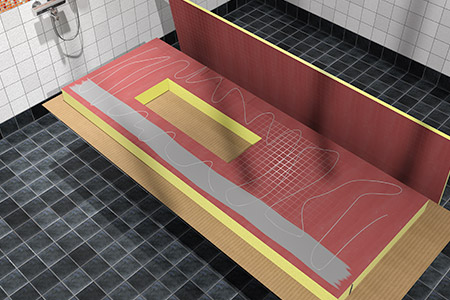
3. A 20 mm thick Tulppa panel is used as the rear wall, which is attached using an adhesive compound from Ardex, Casco or Kiilto. It is important to apply the adhesive compound on to the edges of each sawed hole to ensure that no gaps remain between the panels.
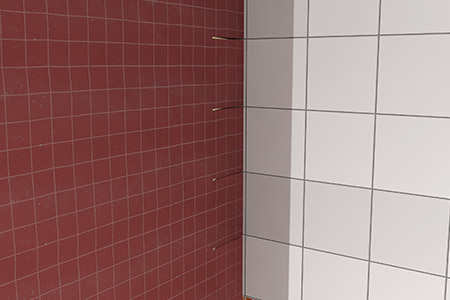
4. The tile spacing of the shower wall should be designed to be identical with the existing tiling, which allows you to complete the tiling in another location if necessary.
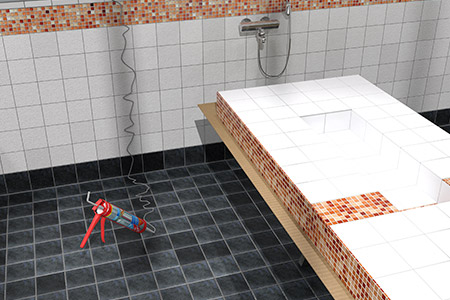
5. The shower wall is tiled as planned and then attached to the below surface using Ardex CA 20 P, Casco XtremFix+, Kiilto XPU or SikaBond T2 adhesive compound.
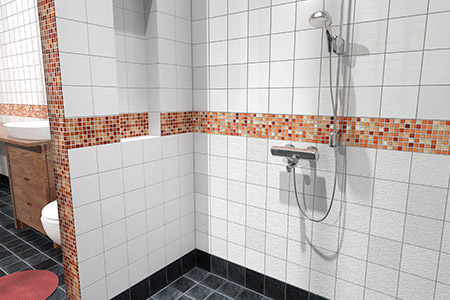
6. Shower walls can be installed/constructed as the bathroom is being built, or they can be built into an existing wet room, but they are always installed on top of a surface that has already been tiled.